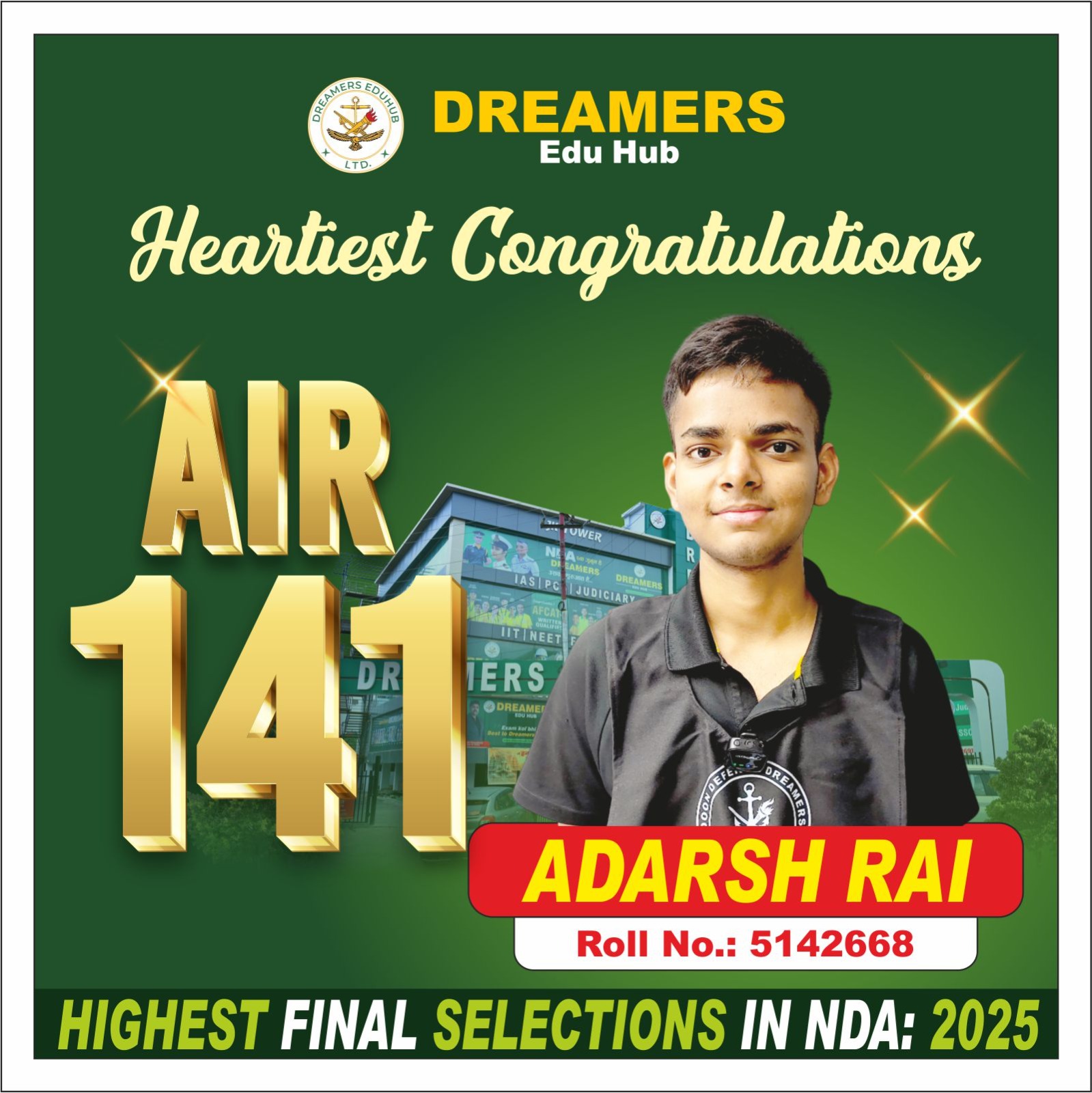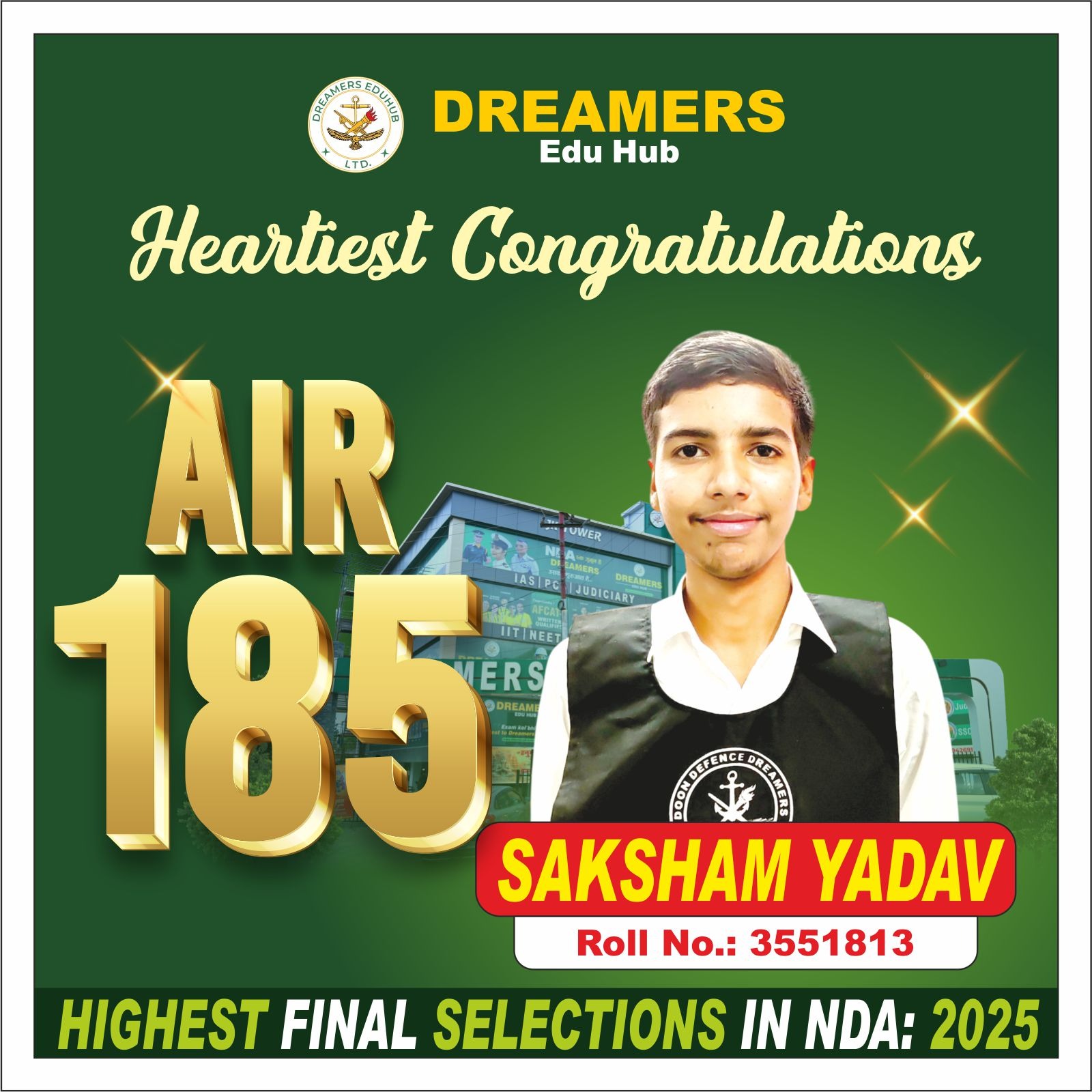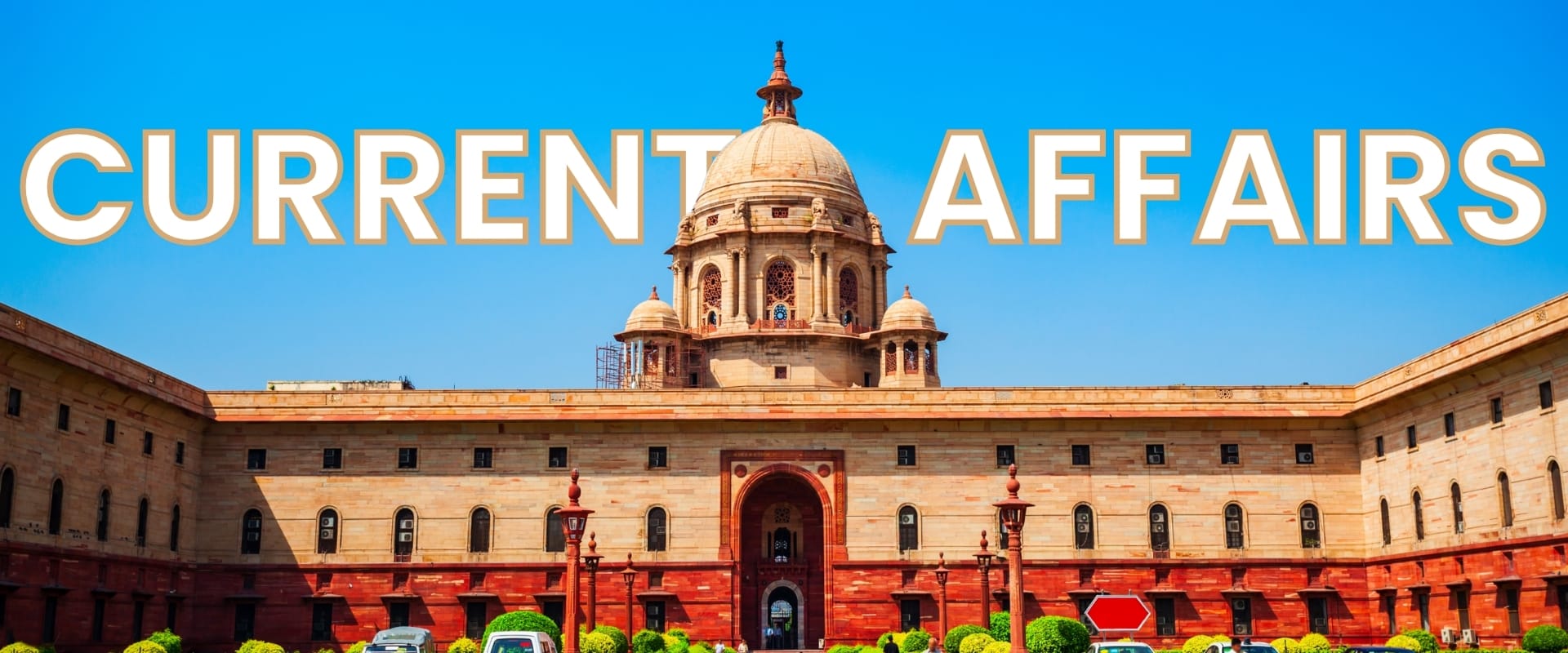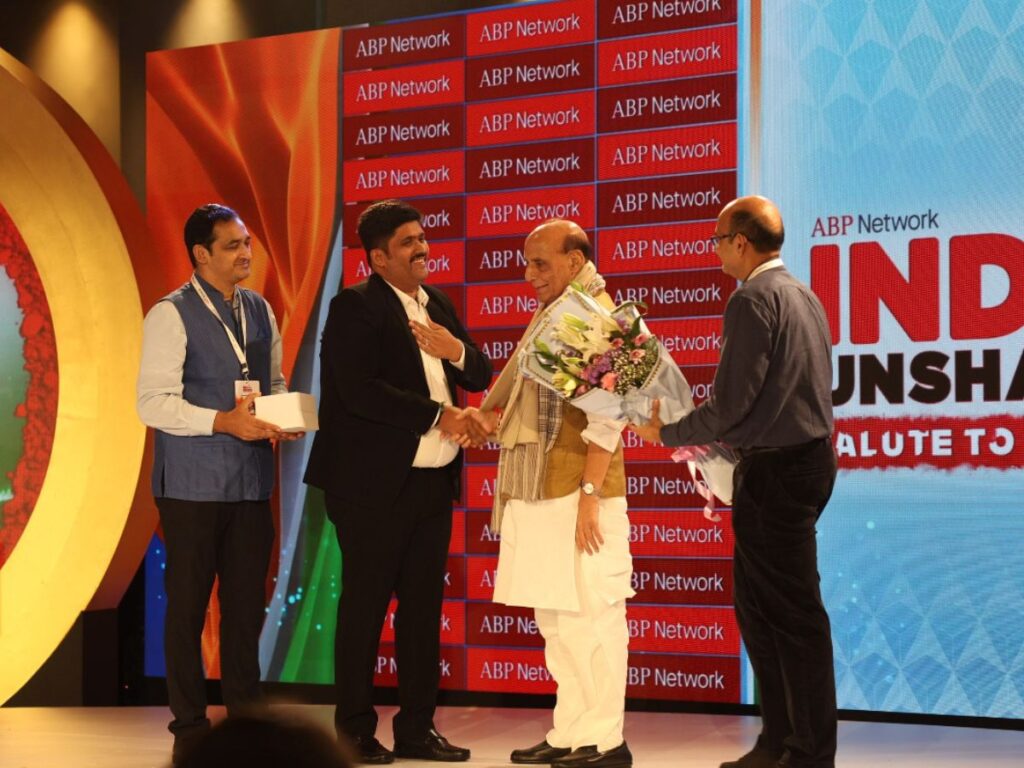The Indian Army Aviation Corps (AAC) represents one of the most prestigious and dynamic arms of the Indian Army. Since its establishment in 1986, the AAC has been the backbone of air mobility in the Indian Army, handling reconnaissance, casualty evacuation, combat support, and logistics supply in some of the toughest terrains in the world.
For those who aspire to fly high while serving the nation, joining the Army Aviation Corps is not just a career option but a call of duty and adventure. This blog will provide you with a complete roadmap to joining the Corps, covering eligibility, entry schemes, training, career growth, and tips for preparation.
Introduction to the Indian Army Aviation Corps
The Aviation Corps of the Indian Army is responsible for providing vital air support to ground troops. Its fleet includes helicopters like the Cheetah, Chetak, Dhruv, Rudra, and Apache (AH-64E). These aircraft operate in varied terrains—from the scorching deserts of Rajasthan to the icy heights of Siachen Glacier.
The Corps is known for:
High-altitude operations
Air reconnaissance
Casualty evacuation (CASEVAC)
Special operations support
Tactical troop movement
Eligibility Criteria for Joining Army Aviation Corps
Before you set your sights on the skies, you need to ensure you meet the eligibility standards.
1. Nationality
Must be a citizen of India.
2. Gender
Both male and female candidates are eligible.
3. Age Limit
Generally between 19–25 years depending on the entry scheme.
4. Educational Qualification
A minimum of 10+2 with Physics and Mathematics for entry through NDA.
For technical and graduate entries, candidates should hold a graduate degree in science/engineering from a recognized university.
5. Physical Standards
Height: Minimum 162.5 cm (some relaxations for hilly/tribal regions).
Vision: 6/6 in one eye and 6/9 in the other (correctable).
Must meet medical fitness as per Army guidelines.
Entry Routes into the Army Aviation Corps
There are multiple pathways to join the Aviation Corps, depending on your academic background and career stage.
1. Through NDA (National Defence Academy)
Boys who have completed 10+2 with PCM can apply for the NDA examination conducted by UPSC.
After clearing NDA and subsequent training, candidates can opt for the Aviation Corps (subject to merit and availability).
2. Through CDS (Combined Defence Services Examination)
Graduates can appear for the CDS exam conducted by UPSC.
After selection and training at IMA (Dehradun) or OTA (Chennai), candidates can volunteer for the Aviation Corps.
3. Technical Entry (TGC / SSC Tech)
Engineering graduates (Mechanical, Electrical, Aeronautical, Electronics, etc.) can apply through Technical Graduate Course (TGC) or Short Service Commission (SSC Tech) entries.
4. Army Cadet College (ACC)
Soldiers already serving in the Army can appear for the ACC exam and move into the officer cadre, later opting for Aviation.
5. Army Aviation Aptitude Test (AAAT)
Regardless of entry, those wishing to join the Aviation Corps must pass the Army Aviation Aptitude Test (AAAT) to qualify for pilot training.
Training Process
Once selected, candidates undergo rigorous training to become an Army Aviator.
1. Pre-Commission Training
Depending on entry (NDA/IMA/OTA), candidates undergo 1–3 years of military training.
2. Young Officers Course
After commissioning, officers report to the Aviation Corps and undergo a Young Officers (YO) Course.
3. Basic & Advanced Flying Training
Conducted at the Army Aviation Training School (AATS), Nashik, Maharashtra.
Covers:
Basic helicopter handling
Instrument flying
Navigation
Combat flying techniques
4. Operational Conversion
Officers are posted to operational units where they learn flying in diverse terrains.
Roles and Responsibilities
Army Aviators are trained to handle both combat and support missions. Some of their duties include:
Air Reconnaissance – Gathering intelligence on enemy positions.
Combat Support – Providing aerial firepower in operations.
Logistics Supply – Delivering arms, ammunition, and supplies in inaccessible areas.
CASEVAC/MEDEVAC – Airlifting injured soldiers during combat.
Special Missions – Support for counter-insurgency and anti-terror operations.
Career Growth and Promotions
A career in Army Aviation offers both professional growth and prestige.
Captain → Major → Lieutenant Colonel → Colonel → Brigadier → Major General → Lieutenant General
Opportunities for advanced courses in India and abroad.
Exposure to cutting-edge helicopters like Apache AH-64E, ALH Dhruv, Rudra, and future inductions.
Post-retirement options in civil aviation as experienced helicopter pilots.
How to Prepare for Selection
1. Written Exams (NDA/CDS/Technical Entries)
Focus on Mathematics, General Knowledge, and English.
Solve previous years’ papers.
Stay updated with current affairs (especially defence-related).
2. SSB Interview
Demonstrate leadership, confidence, and decision-making skills.
Be physically fit and mentally alert.
Show clarity of thought and motivation to serve in Aviation.
3. Medical Fitness
Maintain good eyesight, hearing, and cardiovascular health.
Practice running, swimming, and strength-building exercises.
Life in the Indian Army Aviation Corps
Life in AAC is filled with challenges and rewards:
Flying at extreme altitudes in the Himalayas.
Saving lives during natural disasters like floods and earthquakes.
Operating state-of-the-art combat helicopters.
A lifestyle of discipline, honor, and service.
It is not just a job — it’s an adventure and a commitment to serve the nation from the skies.
Doon Defence Dreamers: Guiding Aspirants
Preparing for the Indian Army Aviation Corps is no easy task. Along with physical fitness and academic excellence, candidates must clear the NDA, CDS, or Technical entries, followed by the highly challenging SSB interview and the Army Aviation Aptitude Test (AAAT). To succeed in such a competitive environment, structured guidance and expert mentoring play a crucial role.
This is where Doon Defence Dreamers (DDD) steps in. Known as one of the leading defence coaching academies in Dehradun, Doon Defence Dreamers has built a legacy of trust by producing hundreds of selections in NDA, CDS, AFCAT coaching in dehradun.
What makes Doon Defence Dreamers stand out?
Experienced Faculty: Instructors with defence backgrounds who understand exam patterns and SSB dynamics.
Focused Training: Special emphasis on written exams, personality development, and leadership qualities.
Mock Tests & SSB Simulation: Regular practice sessions to build confidence and clarity.
Proven Results: Over 710+ selections in NDA 2 (2025), showcasing the effectiveness of their approach.
For aspirants dreaming of flying helicopters in the Indian Army Aviation Corps or joining any other wing of the armed forces, Doon Defence Dreamers provides the right platform to turn dreams into reality. Admissions are open for NDA, CDS, AFCAT, and SSB training programs.
Frequently Asked Questions (FAQs)
Q1: Can women join the Army Aviation Corps as pilots?
Yes, since 1992 women have been inducted as Short Service Commission officers and now are also eligible for permanent commission.
Q2: Is engineering mandatory to become an Army Aviator?
Not necessarily. Even NDA and CDS entries allow candidates, but you must clear the Army Aviation Aptitude Test (AAAT).
Q3: What is the difference between Army Aviation and Air Force flying?
The Air Force focuses on air dominance and strategic missions, while Army Aviation provides direct tactical support to ground forces.
Q4: What are the major helicopters used by the AAC?
Cheetah, Chetak, Advanced Light Helicopter (Dhruv), Rudra, Apache AH-64E.
Conclusion
Joining the Indian Army Aviation Corps is a dream for those who want to serve the nation while soaring through the skies. It demands courage, skill, and dedication but offers unmatched pride, adventure, and honor.
Whether you enter through NDA, CDS, or technical routes, the key is to stay determined, prepare thoroughly, and keep your passion for flying alive. If you aspire to reach new heights — both literally and figuratively — the Army Aviation Corps is your path to soaring heights.




























